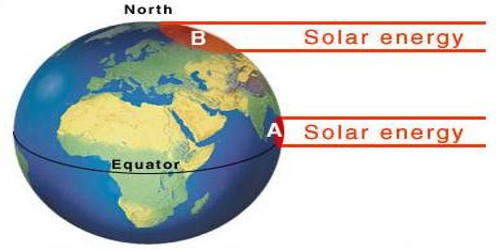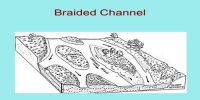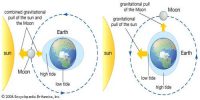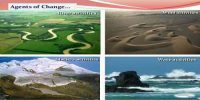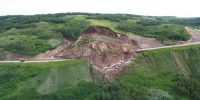The surface of the earth is uneven
First of all, the earth’s crust is dynamic. You are well aware that it has moved and moves vertically and horizontally. Of course, it moved a bit faster in the past than the rate at which it is moving now. The speed of the rotation of the earth is responsible for this. The differences in the internal forces operating from within the earth which built up the crust have been responsible for the variations in the outer surface of the crust. The disparity in the internal forces operating from within the earth which built up the crust is liable for the variations in the Earth’s crust. The earth’s surface is being continuously subjected to external forces induced basically by energy (sunlight).
Of course, the internal forces are still active though with different intensities. That means the earth’s surface is being continuously subjected to by external forces originating within the earth’s atmosphere and by internal forces from within the earth. The external forces are known as exogenic forces and the internal forces are known as endogenic forces. The actions of exogenic forces result in wearing down (degradation) of relief/elevations and filling up (aggradation) of basins/depressions, on the earth’s surface. The phenomenon of wearing down of relief variations of the surface of the earth through erosion is known as gradation. The endogenic forces continuously elevate or build up parts of the earth’s surface and hence the exogenic processes fail to even out the relief variations of the surface of the earth. So, variations remain as long as the opposing actions of exogenic and endogenic forces continue. Throw in volcanos, earthquakes and the occasional meteor strike and you get an uneven surface.
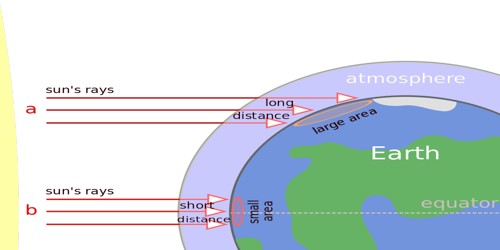
In general terms, the endogenic forces are mainly land building forces and the exogenic processes are mainly land wearing forces. The surface of the earth is sensitive. Humans depend on it for their sustenance and have been using it extensively and intensively. So, it is essential to understand its nature in order to use it effectively without disturbing its balance and diminishing its potential for the future. Almost all organisms contribute to sustaining the earth’s environment.
However, humans have caused overuse of resources. Use we must, but must also leave it potential enough to sustain life through the future. Most of the surface of the earth had and has been shaped over very long periods of time (hundreds and thousands of years) and because of its use and misuse by humans its potential is being diminished at a fast rate. At the same time, wind and water are eroding the Earth but not at the same rate. Some rocks are harder than others so they erode more slowly. If the processes which shaped and are shaping the surface of the earth into varieties of forms (shapes) and the nature of materials of which it is composed of. are understood, precautions can be taken to minimize the detrimental effects of human use and to preserve it for posterity.
